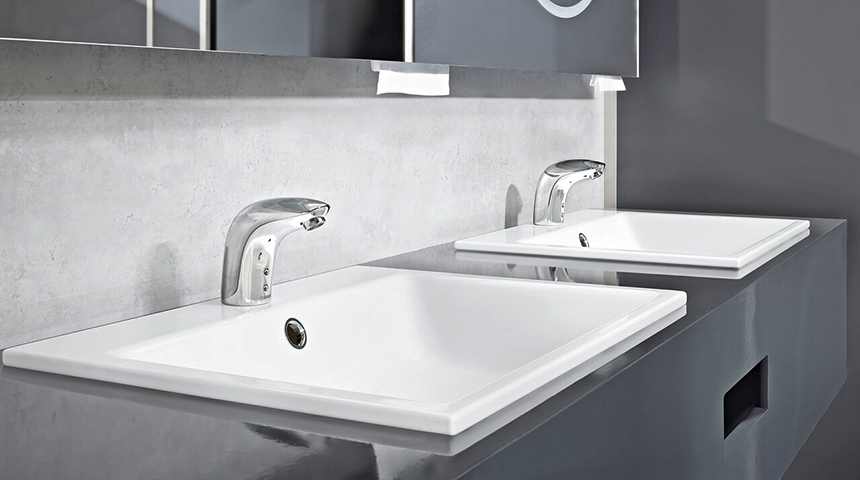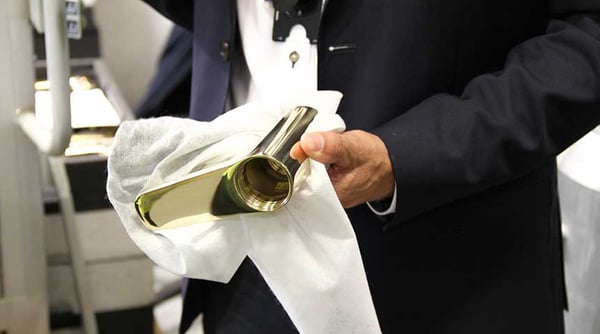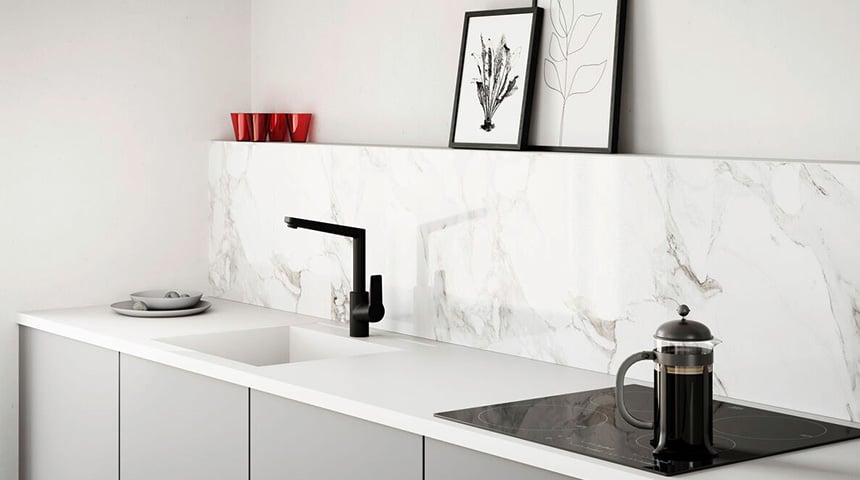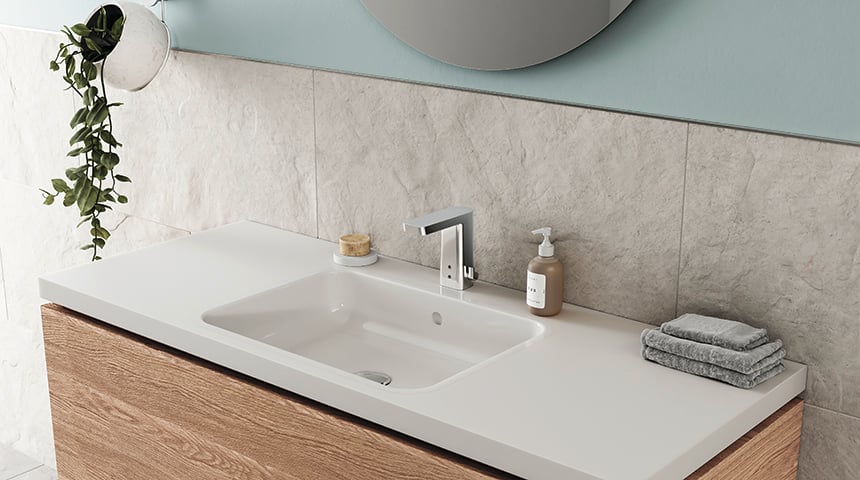Diving into your next project and wondering which faucet to pick? Are you and your client both keen on investing in well-built, durable fixtures? Look no further. We compiled an easy checklist for you to know what to keep an eye on – from body to finish.

Choosing right faucet will have long-lasting effect on the cost and maintenance efforts of your project – whether it is an airport, a school or a residential building. We know that finding the right balance between durability, usability, design – while sticking to your budget – is important.
But what should you be looking out for? While being small and compact in size, faucets are built out of an array of different materials and components. All of which matter in delivering a long-lasting, functional fixture.
This means that getting to know what exactly each bathroom and kitchen faucet is built from can help you decide which fixture matches your project.
The inner components
Let’s start with what’s inside a faucet, the parts you cannot see yet are vital for a well-functioning fixture. These inner components have a big responsibility for hygiene, operability and longevity.
Here are three materials that can ensure durability:
- Polymers – Polymers are hygienic materials suitable for high accuracy components such as cartridges, valves and aerators.
- Ceramic – The best disc valves are made of ceramic, as they are durable and unaffected by temperature extremes, sand, rust and hard water conditions.
- Composite – Select composite materials are extremely durable and chrome-plated composite parts have the same durability of the surface as chrome-plated brass and zinc parts.
The right base material: why brass?
Faucets are usually made of materials that do not corrode in time: most commonly brass and stainless steel. Less pricey models are often made of zinc alloys or plastic, which tend to wear out over a shorter period of time. However, carefully selected plastic and composite materials have advantages, especially when used in outer bodies of bath and shower faucets, such as preventing the faucet surface from heating up. This improves safety. Moreover, chrome plated composite parts actually have the same durability of the surface as chrome plated brass and zinc parts.

We know that all-brass bodies last the longest and are unlikely to leak or corrode, especially when special dezincification resistant (DZR) brass is used. This kind of special brass is not affected by tap water acidity or other chemicals. The material usually is at a higher price, yet it delivers durability.
So if you are looking for faucets that last, won’t leak and are easy to take care of – opt for brass.
Pick the finish

Finally, picking the faucet’s finish doesn’t only come down to design. While the look of the fixture might matter for your project, the material will indicate, for example, how easy the faucet will be to clean and maintain, or how well it will stand up to hard water, high temperatures and corrosion.
Because if you are installing faucets that last, its finish counts. Let’s look at the different options:
- Chrome – The most popular finish is polished chrome, which is bonded to a layer of nickel on the fixture’s base. Chrome is tough and scratch-resistant to protect the surface of the faucet, and is the most economical.
- Nickel – Brushed nickel is warmer and softer than chrome and hides water spots and fingerprints better, so it’s easier to clean. But it’s also significantly more expensive than chrome.
- Bronze – Bronze-plated faucets are popular for custom bathrooms and are available in varied looks and textures. Again, bronze is significantly more expensive than chrome. If your client falls in love, look for bronze finishes with physical vapour deposition (PVD) or clear epoxy coatings to help resist corrosion and scratches.
- Brass – Brass fixtures offer an exclusive look at a reasonable price. However, they are high maintenance and typically require regular polishing to prevent tarnish.
- Matt black – matt black finishes with ceramic coating (make sure you check this!) are more scratch resistant and prevent fingerprint marks on the fixture – saving you time on your regular cleaning.
With many different faucet models and types on the market, it isn’t always easy to know which fixture will stand the test of time. And with clients increasingly looking to invest in durable, high quality products, we hope our checklist can provide an easy starting point for your next project. Whether it’s an apartment block or a hospital.
Want to know which materials are used in HANSA faucets?







